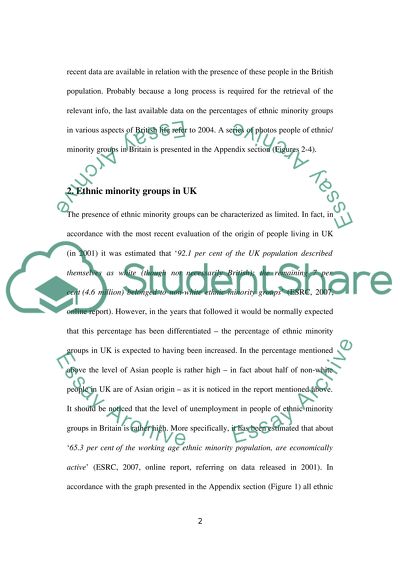Cite this document
(Crime and Law Enforcement Case Study Example | Topics and Well Written Essays - 2000 words, n.d.)
Crime and Law Enforcement Case Study Example | Topics and Well Written Essays - 2000 words. Retrieved from https://studentshare.org/social-science/1547411-crime-and-law-enforcement-do-the-uk-police-discriminate-against-ethnic-minority-groups
Crime and Law Enforcement Case Study Example | Topics and Well Written Essays - 2000 words. Retrieved from https://studentshare.org/social-science/1547411-crime-and-law-enforcement-do-the-uk-police-discriminate-against-ethnic-minority-groups
(Crime and Law Enforcement Case Study Example | Topics and Well Written Essays - 2000 Words)
Crime and Law Enforcement Case Study Example | Topics and Well Written Essays - 2000 Words. https://studentshare.org/social-science/1547411-crime-and-law-enforcement-do-the-uk-police-discriminate-against-ethnic-minority-groups.
Crime and Law Enforcement Case Study Example | Topics and Well Written Essays - 2000 Words. https://studentshare.org/social-science/1547411-crime-and-law-enforcement-do-the-uk-police-discriminate-against-ethnic-minority-groups.
“Crime and Law Enforcement Case Study Example | Topics and Well Written Essays - 2000 Words”. https://studentshare.org/social-science/1547411-crime-and-law-enforcement-do-the-uk-police-discriminate-against-ethnic-minority-groups.


